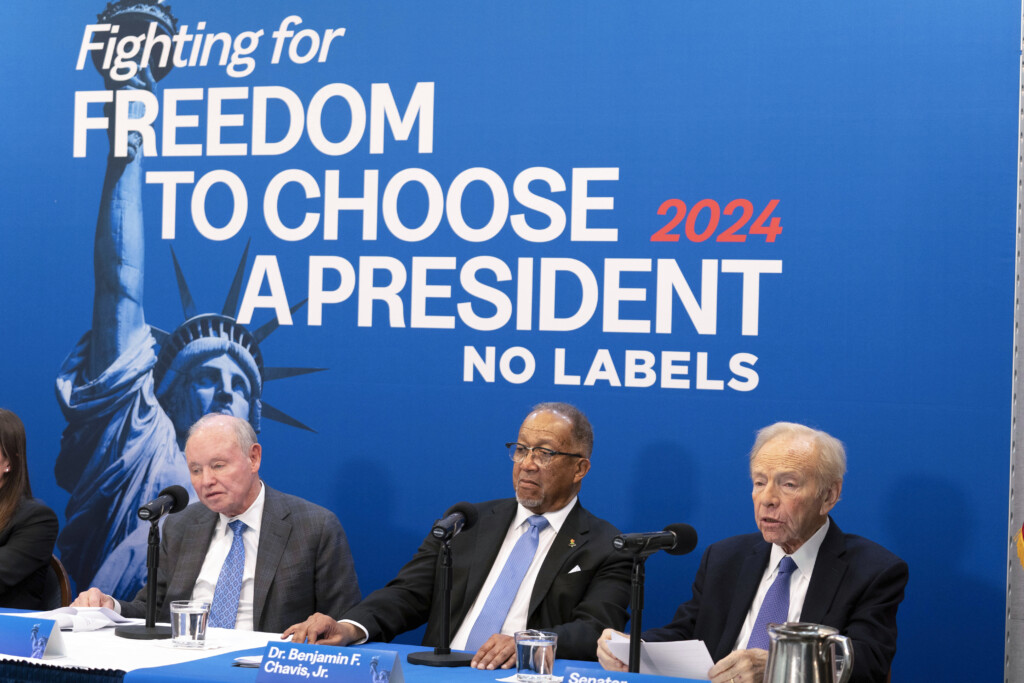December retail sales dip, overall still strong for year
Supply shortages, inflation, omicron all impacted December, experts say
NEW YORK (AP/WTVQ) — Americans, beset by product shortages, rising prices and the arrival of omicron, sharply cut their spending in December after a burst of early spending in the fall boosted this year’s holiday shopping season.
Retail sales fell a seasonally adjusted 1.9% in December from November when sales increased 0.3%, the U.S. Commerce Department said Friday. Sales rose 1.8% in October. Still, retail sales surged 16.9% compared with December 2020, the Commerce Department said Friday.
Spending declines were spread across numerous sectors. Department store sales fell 7%, restaurant sales slipped 0.8% and online sales fell 8.7% compared with the previous month, according to the report.
Omicron was identified by the World Health Organization in late November, and the December report from the Commerce Department is the first to capture some of its effect on consumer behavior.
The monthly retail report covers only about a third of overall consumer spending and doesn’t include money spent on things like haircuts, hotel stays or plane tickets, all which tend to see business tail off when anxiety about COVID-19 tick higher. In November, restaurant sales posted a 1% gain — the sector’s best performance since July.
The National Retail Federation, the nation’s largest retail trade group, is crunching last month’s sales figures and is expected to release the actual holiday sales results Friday. It was expecting a record breaking growth of anywhere from 8.5% and 10.5% compared to the year-earlier period despite the challenges facing shoppers and stores. I
The omicron variant has led to widespread worker shortages with so people calling out sick, including the retail sector, and supply shortages have curtailed what makes it to store shelves. Stores and restaurants have slashed operating hours or remained closed on days they had previously been open.
This week, Lululemon warned that fourth-quarter sales and profits will likely come in at the low end of its expectations as it grapples with the variant’s fallout.
“We started the holiday season in a strong position but have since experienced several consequences of the omicron variant, including increased capacity constraints, more limited staff availability, and reduced operating hours in certain locations,” said CEO Calvin McDonald.
And inflation has settled in across almost every level of the economy, forcing the Federal Reserve to stop describing the rising prices as “transitory.”
Inflation jumped at its fastest pace in nearly 40 years last month, a 7% spike from a year earlier that is increasing household expenses and biting into wage gains. And the largest price spikes are hitting where Americans can feel it, with the cost of homes, cars, clothes and food racing higher.
Raquel Schuttler, 53, who works in fashion sales, says that the surging costs for food has had a psychological impact on her spending everywhere.
The Atlanta resident, who does grocery shopping for her 17-year-old son and her fiancee, used to make intermittent trips to the grocery store in between big shopping trips but those smaller trips are now costing her $280, instead of $220. She has pulled back lunches at the mall with friends to avoid the temptation to shop there.
“I am being much more conservative,” she said. “I stopped any kind of going out impulsively.”
Other analysts had different takes.
“Retail sales fell 1.9% from November to December, their largest monthly drop since February 2021 and only the fourth month-over-month decline in 2021. Nonstore retailers (e-commerce websites) fell the furthest, 8.7%, which is not what one would expect during the heart of the holiday season amidst a pandemic. The news is certainly disappointing for these businesses, although I’d note that many holiday shoppers started early. Measured from October through December, nonstore retailers’ sales were up 10% year-over-year. That’s pretty good, and the 2020 holiday season was a tough comp, but still, growth has definitely slowed,” said Ted Rossman, a senior analyst with Bankrate.com
“The month-over-month declines were broad-based and also hit key holiday categories such as department stores (-7%), sporting goods/hobby shops/musical instrument/book stores (-4.3%), clothing (-3.1%) and electronics/appliances (-2.9%). While not necessarily holiday-themed, furniture stores were another big-ticket category that dropped considerably in December (-5.5%). Could inflation be taking a toll? 55% of U.S. adults told us they noticed higher prices in November. There are signs that consumers may be starting to pull back after a period of robust spending on retail goods,” Rossman continued.
“While there’s not much to like about the December report, the October and November results were so strong that fourth-quarter retail sales were still up an impressive 17.1% year-over-year. The big question is where we go from here. Especially if inflation is taking a toll and pent-up demand is waning, the typical seasonal pattern won’t be much help the next few months. In 2022, retailers will be facing tough year-over-year comparisons, too. The year will probably get off to a rocky start (something we’re already seeing in stock markets). By spring, the optimistic view is that the COVID situation will be better and consumers will be eager to resume more activities. But there could be a period of winter hibernation before we get there,” he concluded.



